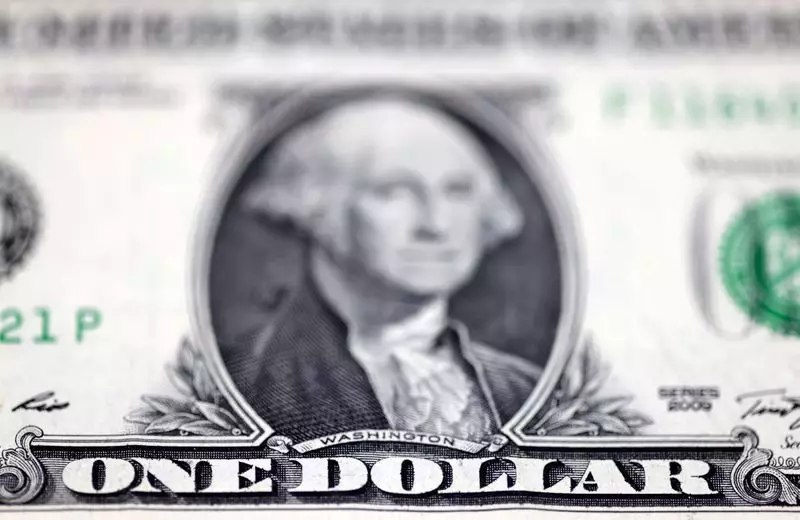As we navigate the complex web of global finance, the behavior of Asian currencies against the American dollar reveals significant insights into regional economic health and investor sentiment. Following a period marked by fluctuating economic data, recent observations indicate that most Asian currencies are maintaining stability. This steadiness occurs amid the dollar’s robust performance, which has reached two-month highs, indicating a broader trend that centers around interest rate expectations and economic performance metrics.
Economic Data and Its Implications
The stability of Asian currencies can be attributed, in part, to the release of strong economic data from the United States, which has strengthened the dollar. Notably, robust retail sales figures have prompted analysts to adjust their expectations regarding the Federal Reserve’s monetary policy. There is an increasing consensus that the Fed may opt for a modest 25 basis points cut in interest rates in the coming month, a decision that would reflect both confidence in economic recovery and the need to support growth amidst global uncertainties.
In contrast, Asian markets have shown some apathy to the freshly released data from China, where the third-quarter GDP growth was reported at 4.6% year-on-year. This figure met expectations but highlighted a slowdown compared to previous quarters, reiterating the necessity for further stimulus measures from the Chinese government. Investors have been left wanting for specificity around these measures, stymied by insufficient details on implementation and timing. Thus, while the yuan has demonstrated slight resilience post-GDP announcement, it remains under scrutiny as the market fervently anticipates proactive steps from Beijing.
With regard to China’s yuan, the USDCNY pair experienced fluctuations, initially dropping 0.1% after reaching its two-month peak earlier in the week. The data from China is indicative of both a stabilizing economy and an urgent need for more substantial economic support. Over recent weeks, the Chinese government has begun unveiling a series of monetary and fiscal stimulus initiatives, aimed at bolstering growth. However, the overarching concern remains the ambiguity regarding the execution of these measures, resulting in hesitance among foreign investors.
In Japan, the yen has similarly been caught in a turbulent economic landscape. After reaching an almost three-month low against the dollar, the currency saw a minor recuperation following interventions from Japanese officials. The government has issued verbal cautions against rapid depreciation of the yen, underscoring their willingness to intervene in currency markets if necessary. Despite this brief recovery, the outlook for the yen remains clouded due to persistent inflation pressures and the Bank of Japan’s cautious stance regarding interest rate hikes.
In a broader context, the trading patterns of other Asian currencies reflect a measured stability, with only marginal fluctuations observed across the board. For example, the Australian dollar demonstrated a slight recovery, gaining 0.1% against the dollar, while the South Korean won rose by 0.2%. In contrast, the Singapore dollar remained largely unchanged, signaling a wait-and-see approach among investors in response to global economic shifts. The Indian rupee, faced with its own challenges, remains close to record highs achieved earlier in October, indicative of rising concerns regarding inflation and current account deficits.
The diverse responses among regional currencies encapsulate varying degrees of resilience and vulnerability, shaped by a mix of local and global economic factors. The interconnectedness of these markets means that economic signals from one region can quickly reverberate and influence currency valuations across others.
The coming weeks will be crucial for Asian currencies as they adjust to evolving economic narratives both locally and globally. The sustained strength of the dollar, shaped by the Fed’s policy forthcoming decisions, will likely dictate regional responses and currency valuations. Meanwhile, investors will be keenly focused on China’s implementation of anticipated stimulus measures, Japan’s responses to fluctuations in the yen, and any sweeping changes in policies that could emerge. As the situation continues to unfold, the adaptability and resilience of Asian currencies will be tested amidst a backdrop of mixed economic signals and ongoing market uncertainties.

